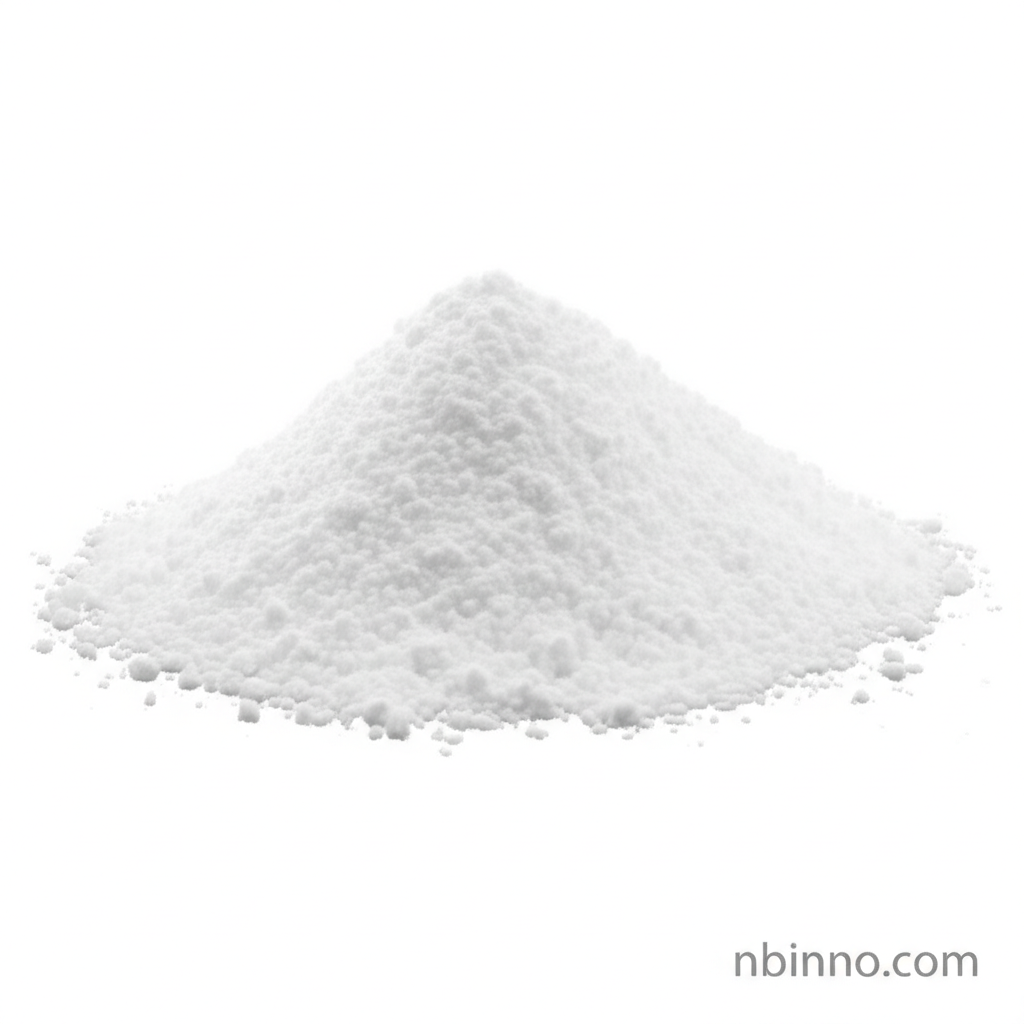Unlock Peptide Synthesis Efficiency: Understanding N-Fmoc-3-(2-naphthyl)-L-alanine for Advanced Organic Synthesis
Discover the power of N-Fmoc-3-(2-naphthyl)-L-alanine, a key intermediate for cutting-edge pharmaceutical and chemical synthesis applications.
Get a Quote & SampleProduct Core Value

N-Fmoc-3-(2-naphthyl)-L-alanine
N-Fmoc-3-(2-naphthyl)-L-alanine is a vital organic chemical synthesis intermediate, extensively used in the demanding field of solid phase peptide synthesis. Its unique Fmoc protection strategy allows for selective deprotection without affecting the peptide-resin linkage, facilitating the creation of complex peptide chains.
- Leverage Fmoc protected amino acid in peptide synthesis for enhanced control and efficiency in building complex peptide structures.
- Utilize this CAS 112883-43-9 intermediate in sophisticated organic chemical synthesis pathways.
- Benefit from its high fluorescent activity, making it suitable for precise HPLC analysis in research and quality control.
- Explore its potential antimicrobial research applications, showing an inhibitory effect on Staphylococcus virulence.
Advantages Offered by the Product
Efficient Peptide Synthesis
The Fmoc protecting group on this amino acid derivative ensures seamless integration into solid phase peptide synthesis protocols, allowing for efficient chain elongation and improved overall synthesis yield.
Versatile Chemical Building Block
As a key chemical synthesis building block, it enables the construction of a wide array of specialized organic molecules, critical for drug discovery and advanced material science.
Reliable Analytical Tool
Its inherent fluorescence makes it an excellent reagent for analytical chemistry, particularly in high-performance liquid chromatography (HPLC), aiding in accurate compound identification and quantification.
Key Applications
Organic Chemical Synthesis
Serves as a fundamental intermediate in diverse organic chemical synthesis pathways, forming the basis for novel compound creation.
Peptide Synthesis
An indispensable component for solid phase peptide synthesis, supporting the development of therapeutic peptides and biomolecules.
Antimicrobial Research
Its documented inhibitory effect on Staphylococcus virulence positions it as a compound of interest in the development of new antimicrobial agents.
Analytical Chemistry
Used in analytical techniques like HPLC due to its fluorescent properties, facilitating accurate compound analysis and quality control.
